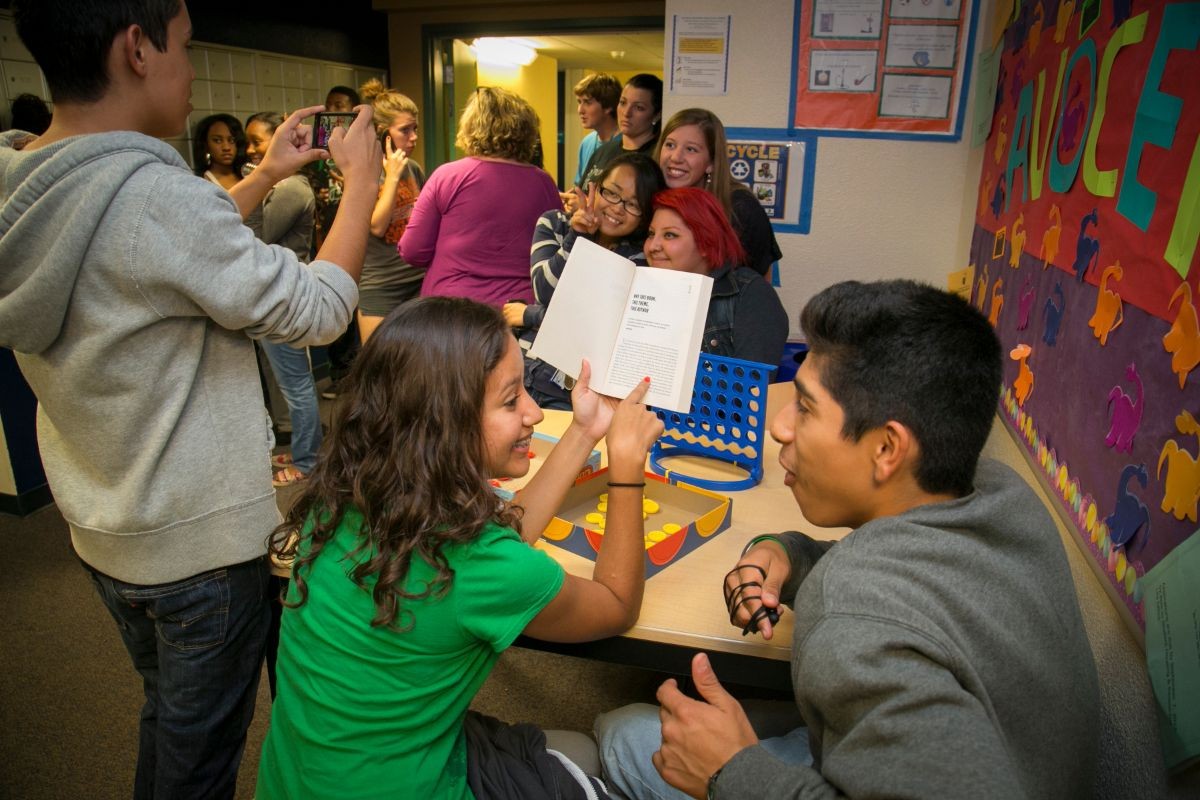The NSF funds CSUMB and regional colleges to make more STEM teachers

Photo by: CSUMB The National Science Foundation grant award supports STEM teachers for 6th - 12th grade students.
April 1, 2021
By Walter Ryce
CSUMB has been awarded a grant for $1.4 million by the National Science Foundation (NSF) Robert Noyce Teacher Scholarship program. The Rural Integrated STEM Education Ready (RISE Ready) program cultivates STEM majors (science, technology, engineering, math) to become 6th - 12th grade science and math teachers in high-need and rural schools and school districts.
High-needs educational agencies include those with high percentages of families whose income is below the poverty line, schools in which many teachers are teaching outside of their training, or schools with high teacher turnover rates.
“Our students and our communities benefit from additional high quality STEM teachers, and the RISE Ready program will help to both recruit and retain teachers for our rural and high-need school districts,” says Corin Slown, assistant professor in the Biology and Chemistry department.
The RISE Ready program has a particular focus in attracting underrepresented minority students into STEM teaching careers.
The CSUMB team on this grant includes Slown as the principal investigator from the College of Science, along with co-PI’s Dennis Kombe from the College of Education and Joanne Lieberman also from the College of Science.
“Together we will reach as many students in our region as possible," says Slown. "I will focus on undergraduate science majors, Joanne Lieberman will focus on undergraduate math majors, and Dennis Kombe will focus on STEM credential candidates."
They are partnered with co-PI’s Sagayamary V. Rayappan of Hartnell College, Sara K. Decelle of Cabrillo College, and Jaye Luke of Monterey Peninsula College.
Their combined roles are to recruit, prepare and support future STEM teachers. And the partnership among the schools will serve as a model of a pathway from community college to university and on through a credential program.
Slown says, “We co-design early teaching experiences with our students because college students are more likely to complete a degree in a timely manner if they choose a program and develop an academic plan early on, have a clear road map of the courses they need to complete a credential, and get guidance and support along the way.”
Kombe says he will leverage his position as the Secondary Education Program coordinator in the credential program to make sure the Noyce Scholars are supported in their coursework and field placement.
“Students will be invited to events that bring together practicing teachers and undergraduate students to discuss the work of teaching,” Kombe says. “They will engage in immersive experiences to get a foundational understanding of STEM teaching and reflect on their roles as prospective teachers. They will also be given opportunities to engage in research.”
This is all geared to expanding the early pipeline from another key partner, the County Office of Education — representing 24 school districts in the Central Coast region — and increase California’s output of STEM-educated students and maintain a competitive edge in an increasingly science- and technology-driven future.
"We are proud of Corin Slown and the others on the grant team for all they are doing for our future college students, and in working to address the shortage of science teachers in our region,” says Andrew Lawson, Dean of CSUMB's College of Science.
As for next steps, the NSF just confirmed the project dates and the team is reaching out to partners to put in place concrete plans for recruiting and supporting new students.
They hope to have the first set of students by Fall 2021.
Any opinions, findings, and conclusions or recommendations expressed in this material are those of the author(s) and do not necessarily reflect the views of the National Science Foundation.